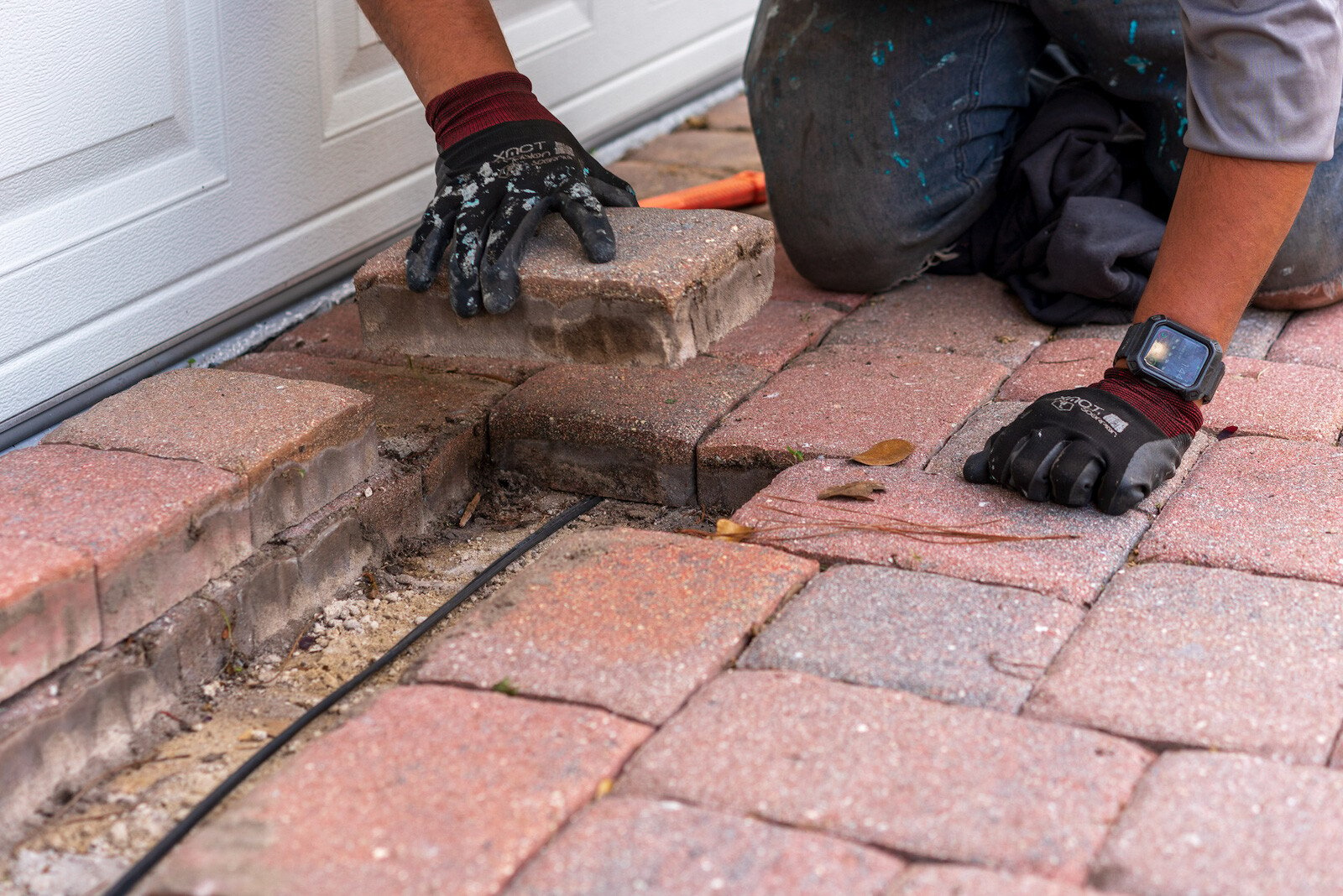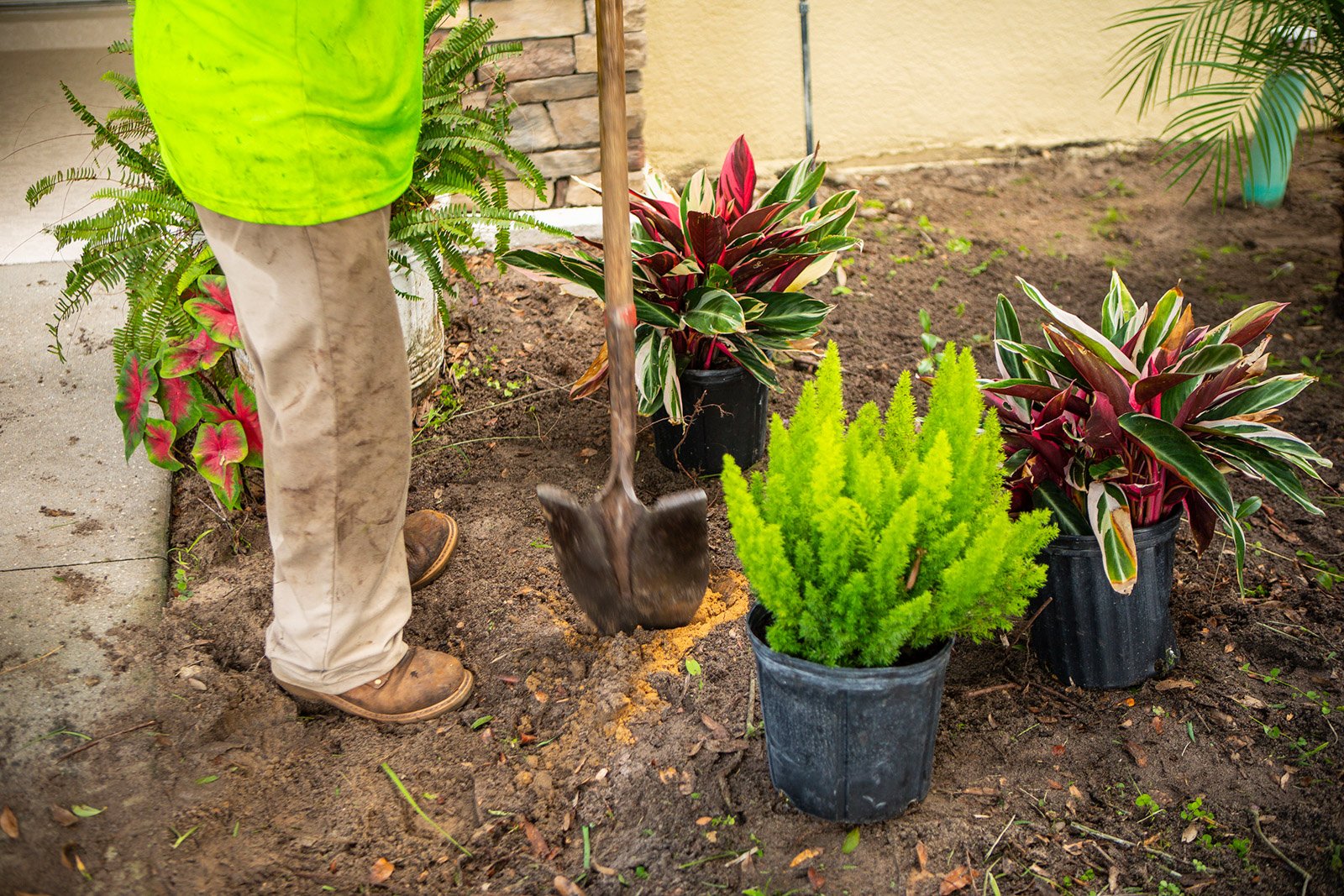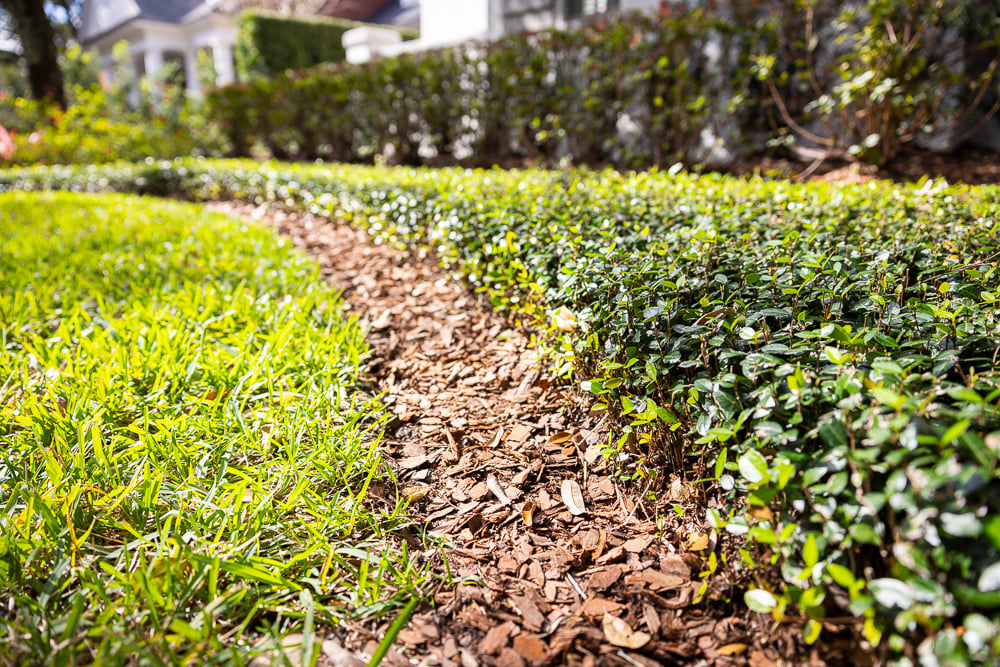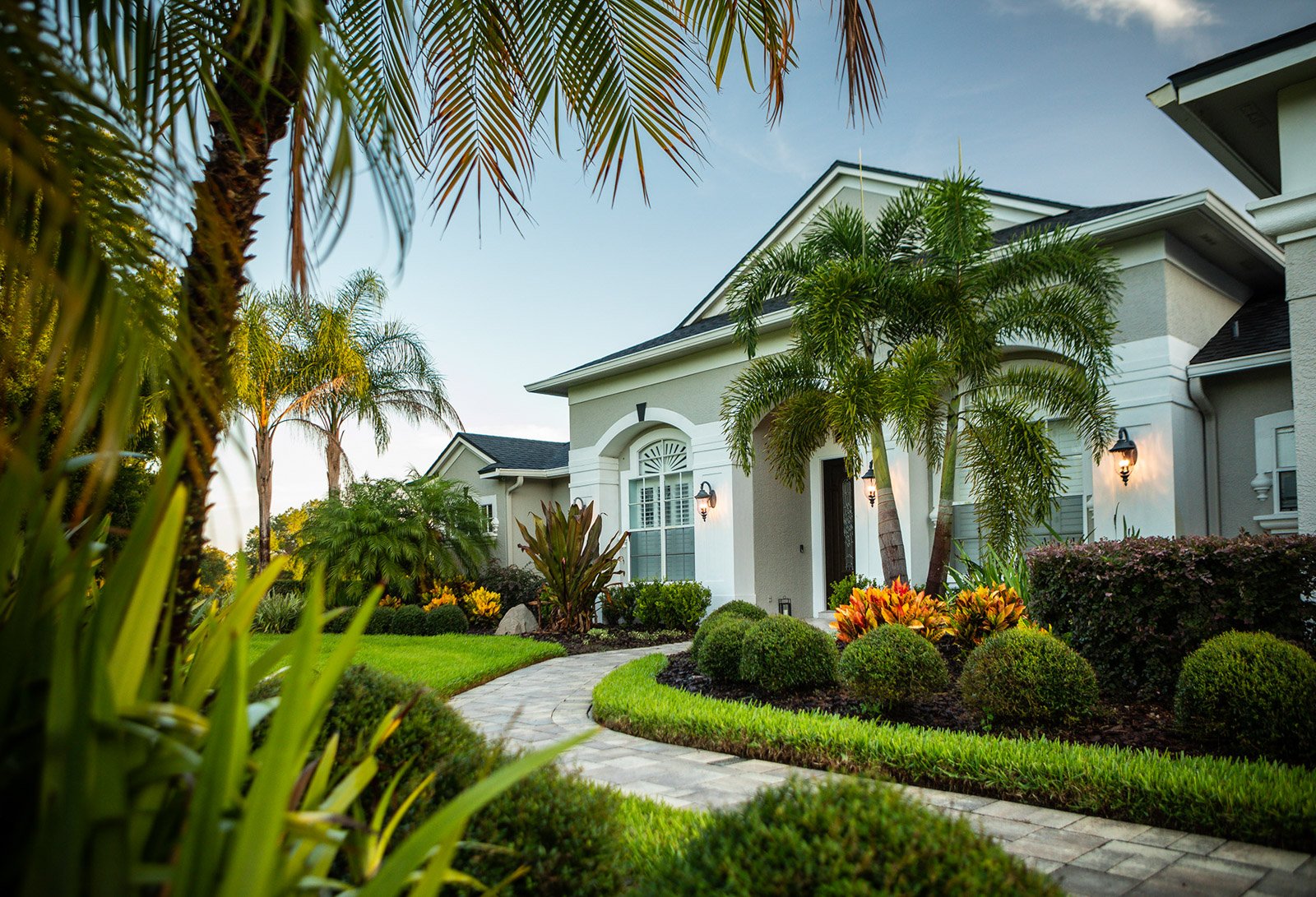In case a little bird hasn’t told you yet, many of our beautiful winged friends are in trouble as their natural habitats disappear.
Choose the right plants for your landscaping, and you offer a tasty buffet of seeds, nuts, and fruits for birds, nectar for hummingbirds and butterflies, and host plants for butterfly caterpillars.
Bonus: you get a free flutter show in your yard.
What are the best plants to attract birds and butterflies in Florida? Take a look:
Butterflies Love These Plants
Butterflies love Florida. There are more than 200 species here, including some not found anywhere else in the world.
Want to invite them to your backyard?

Offer them flowers with bright colors, native plants, plants with nectar, shelter to protect them from heavy rain and predators, and clean water to sip.
Encourage them to flutter your way by including some of these plants in your landscaping:
Milkweed
Love butterflies? Then you’ll love milkweed. It’s one of the best plants to attract butterflies.
Florida is home to more than 20 species of milkweed, and almost all of them are native Florida plants.
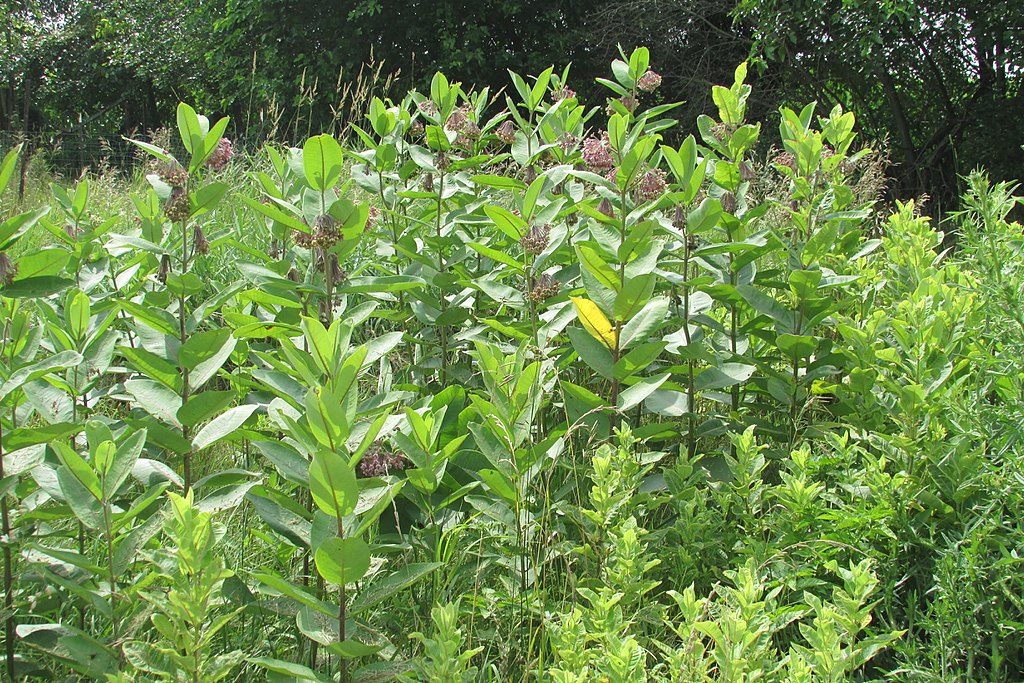
Milkweed is actually the required host plant for caterpillars of the monarch butterfly, so it plays a critical role in the monarch’s life cycle.
But milkweed is disappearing in the monarch’s spring and summer breeding areas across the U.S., which means the vibrant butterflies are in danger.
Native milkweeds are crucial to other important pollinators, too, including bumble bees.
Help a butterfly — plant some milkweed.
Coontie
Funny name, cool native Florida plant. And it’s the favorite food of the larvae of the rare Atala butterfly. This rare butterfly, once thought to be extinct, is making a comeback thanks to the popularity of Coontie in Florida landscaping.
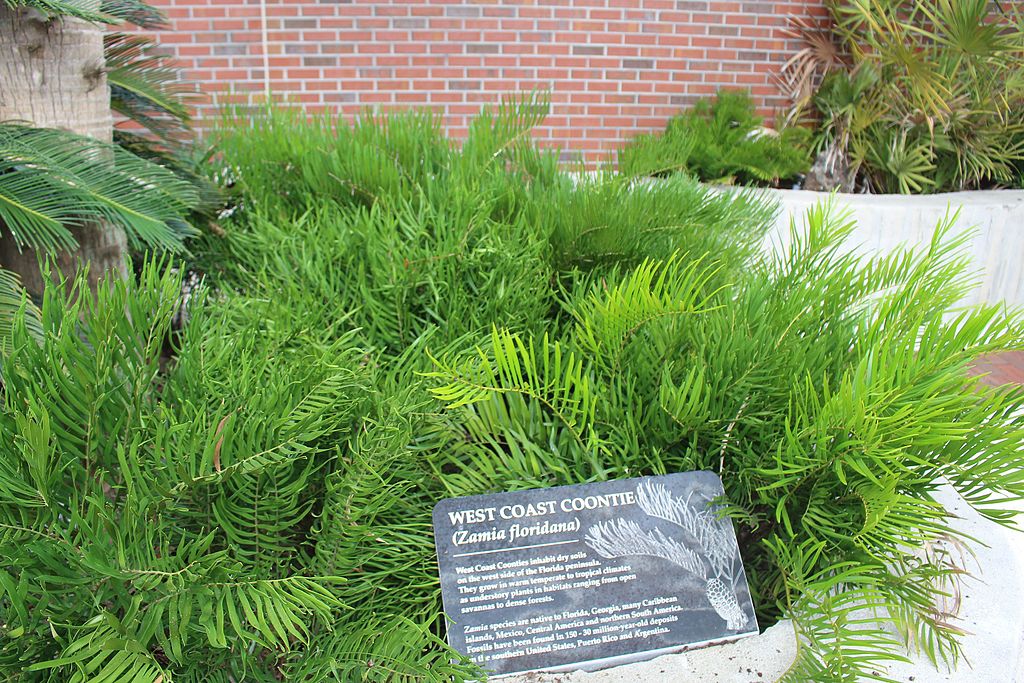
These primitive plants were common during the dinosaur age, which is a fun and impressive fact to share at your backyard parties.
It looks like a small fern, about one to three feet tall. It has stiff, glossy, featherlike leaves attached to a thick, short, underground stem.
Drought hardy, cold hardy, rare butterfly food — the Coontie is a keeper.
Walter’s Viburnum
Masses of small white flowers appear on this native shrub in the spring, attracting butterflies, and its fall fruit attracts birds and other wildlife, making it one of the best plants to attract birds and butterflies in Florida.
It’s a favorite nesting site for cardinals and other songbirds, too.
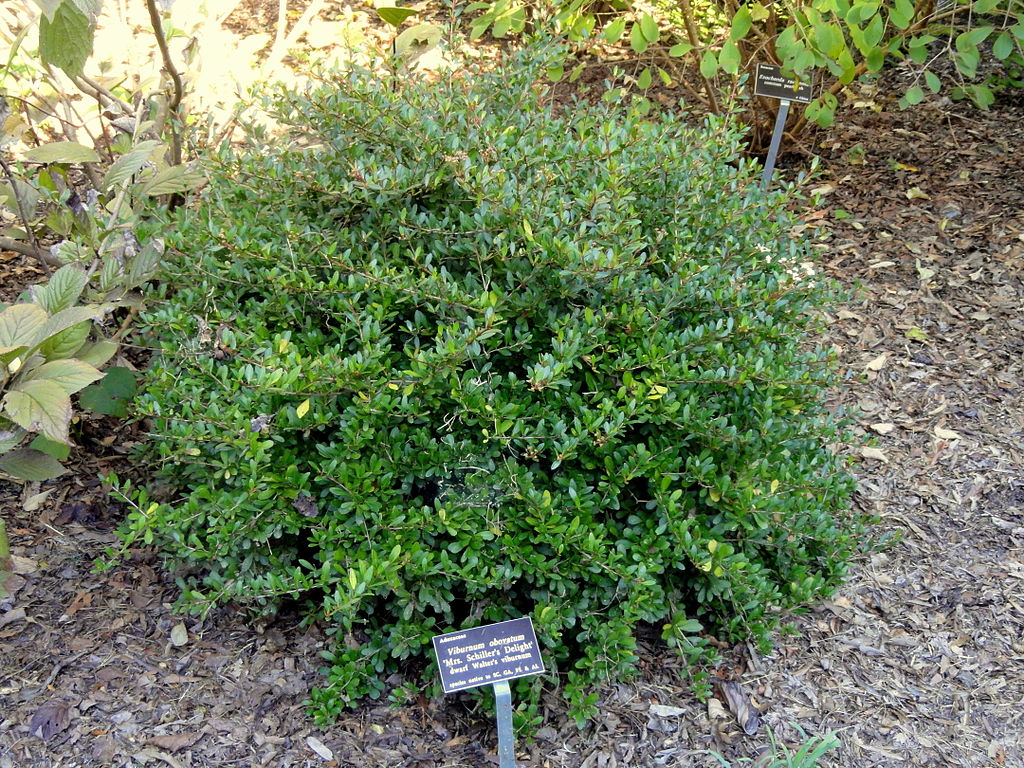 Grow it as a 20-foot tree or as a shrub, if you choose a dwarf variety. The smaller version makes a great hedge.
Grow it as a 20-foot tree or as a shrub, if you choose a dwarf variety. The smaller version makes a great hedge.
Birds and butterflies flock to it, but there’s plenty for you to love, too. Its leaves are glossy and dark green. Crush them and you’ll inhale a pleasant scent, a bit like vanilla.
Fakahatchee Grass
Sure, butterflies love it, but this one is worth planting just so you can say its cool name.
Big butterfly news: this fun grass is the larval food plant for the Byssus Skipper butterfly.
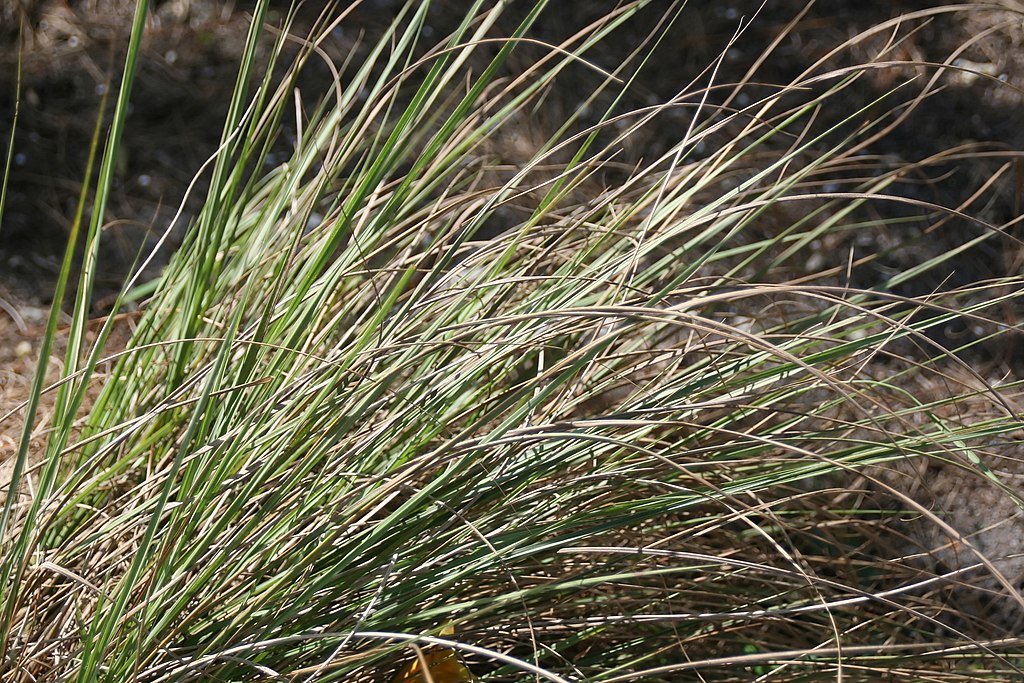
This native’s tall, green, grass-like foliage rises upright to form clumps between 4 and 6 feet tall and wide, offering great texture to your landscape. The leaves have small, sharp teeth along their edges.
It works well as an accent plant or plant it as a border. Not sure how to incorporate it into your landscaping? A Central Florida landscape designer will make it easy.
Bonus: there are both regular and dwarf varieties. If you're short on space, the dwarf Fakahatchee only grows to two to three feet tall.
Flowers to Attract Birds and Butterflies: Passion Flower
This beauty is the host plant for the Gulf Fritillary butterfly, so it’s a must have for your butterfly garden.
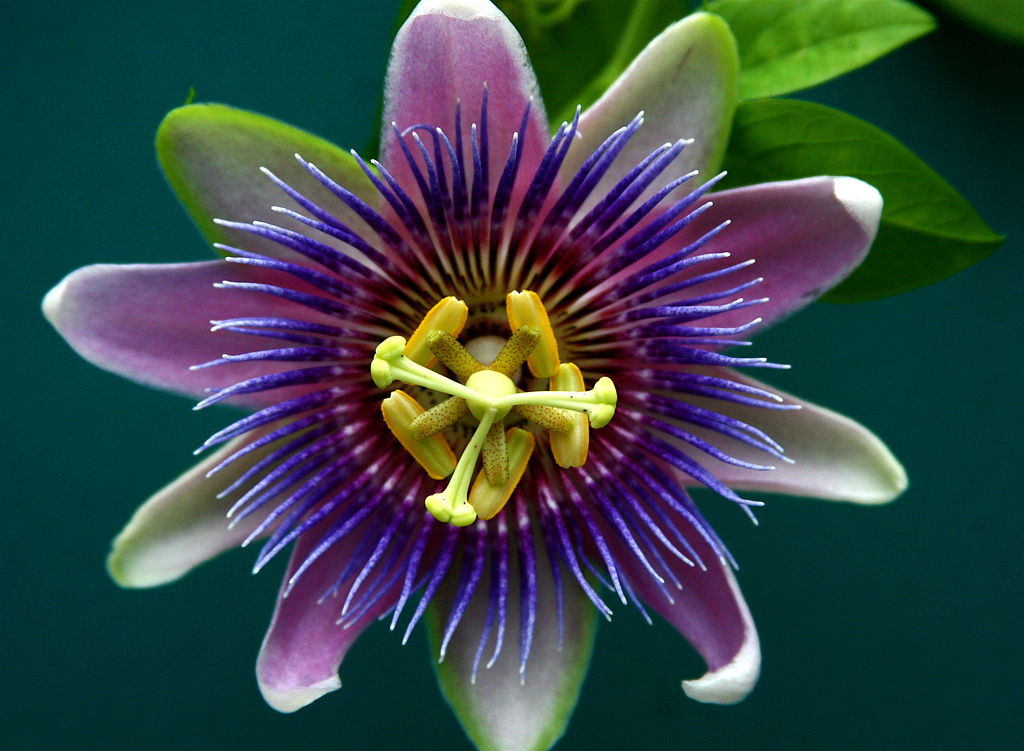 A flowering vine, it’s easy to grow, rewarding you with big stunning three- to five-inch flowers in shades of lavender or purple, with a wavy fringe.
A flowering vine, it’s easy to grow, rewarding you with big stunning three- to five-inch flowers in shades of lavender or purple, with a wavy fringe.
Perfect for dressing up a fence, trellis, or arbor in a sunny spot, it often spreads beyond its original planting spot, so be sure to give it room to roam.
Plants to Attract Birds and Butterflies: Fragrant Herbs
Plant dill and parsley and you provide host plants for butterflies and also have ingredients ready to snip for lemon dill vinaigrette or a fresh herb quiche. It’s a win-win!
Attract Birds with Native Plants
Hoping to invite some birds for dinner? A warbler, maybe? Blue grosbeak? Blue-gray gnatcatcher? Boat-tailed grackle? Brown thrasher?
Birds love native plants. Plants native to Florida not only provide better food and cover for birds than non-native plants, but they do you a favor, too. They need less water and fertilizer and are more resistant to pests and diseases.
Stock up on these native plants to attract birds:
Hollies
Native hollies are loaded with red berries birds love, especially in winter.
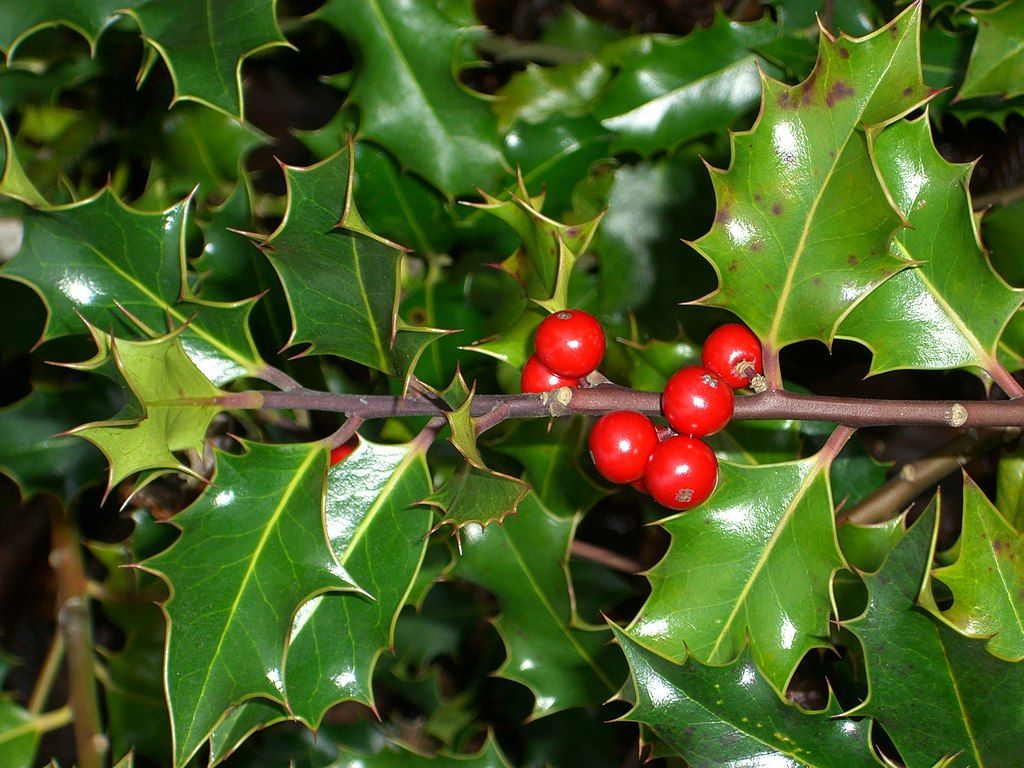 You’ll love the glossy green leaves and the splash of red color they add to your landscape.
You’ll love the glossy green leaves and the splash of red color they add to your landscape.
Plant a few, and the birds return the favor — the undigested seeds they spread turn into more hollies, creating more plants to attract birds.
American Beautyberry
This native woody shrub has something for everybody: its foliage offers cover for birds and small wildlife; its flowers are a nectar source for butterflies and bees, and its dense clusters of berries provide food for birds and deer in late summer and fall.
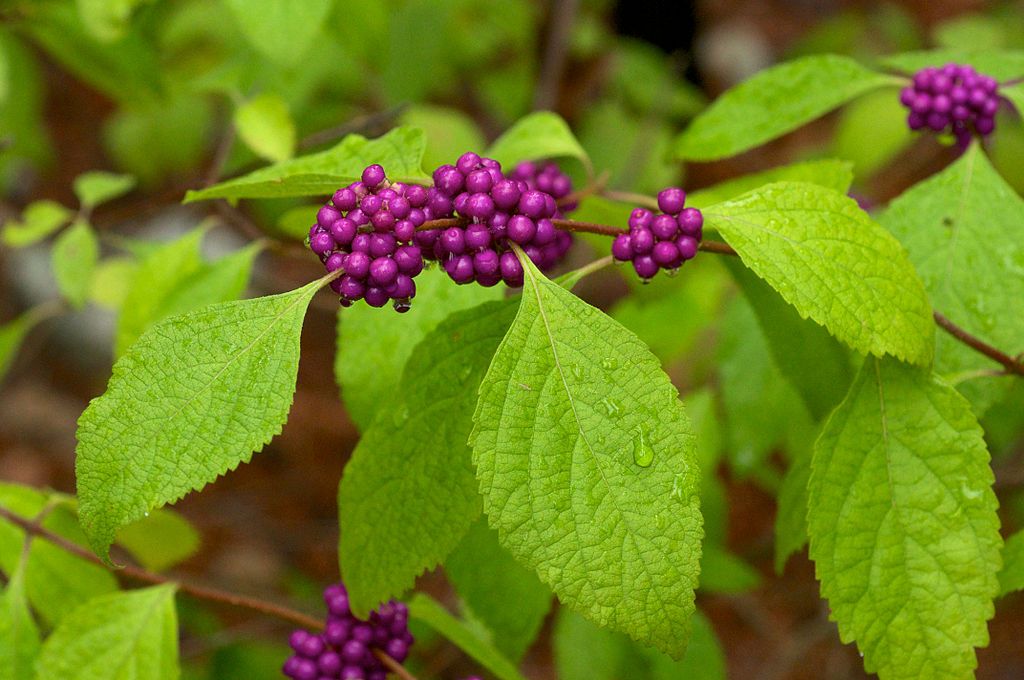 Red Mulberry
Red Mulberry
Famous for its plentiful, blackberry-like fruit, this tree is a bird favorite. Watch for Rose-Breasted Grosbeaks and Scarlet Tanagers.
Coneflower
Coneflower produces lots of seeds that attract sparrows, warblers, finches, nuthatches, chickadees, cardinals, and indigo buntings.
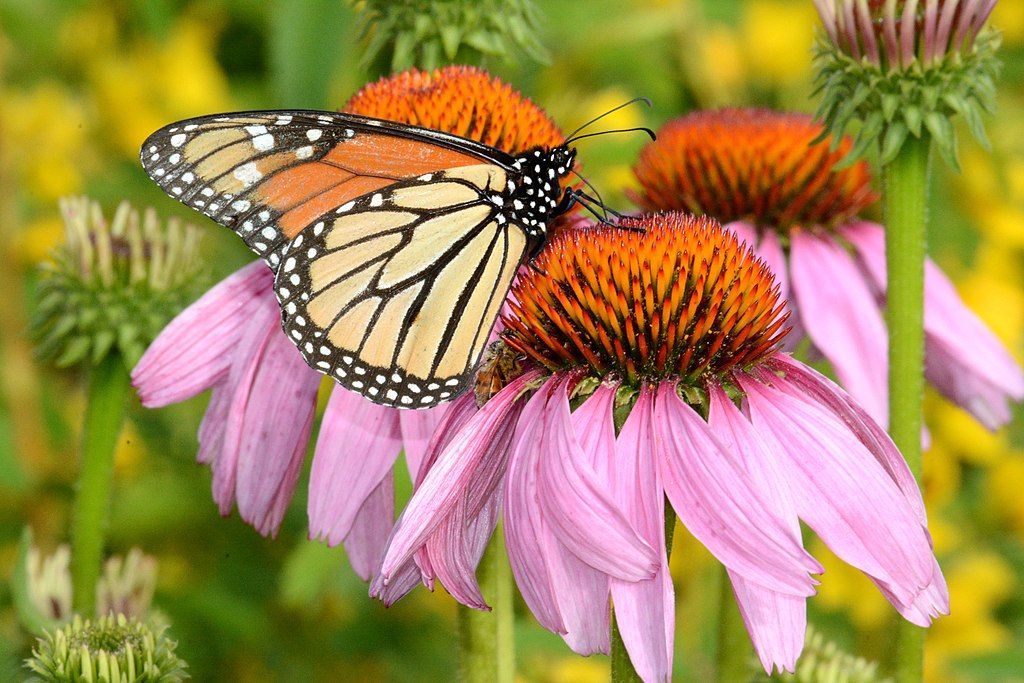 After your flowers have bloomed, leave the seed heads for your feathered friends.
After your flowers have bloomed, leave the seed heads for your feathered friends.
Check in with Central Florida Landscaping Services
If you hit Google looking for Florida plants that attract birds and butterflies, plenty of plant lists pop up.
But not every plant on these lists will thrive in your yard, or even in Central Florida.
Black-eyed Susan, for instance, doesn’t do well this far south. (A little bird told us.)
A Central Florida landscape designer can steer you to Florida plants that will attract your fluttery friends, thrive in your yard, and suit your exact landscaping needs.
Want Plants to Attract Birds and Butterflies? Trust Ground Source in Central Florida
Ready to bring on the birds and butterflies, but not sure which plants will thrive in your Central Florida yard?
Let us help. We’ll have your yard brimming with berries, stuffed with seeds, and offering cozy shelter for your winged friends.
And the same plants and flowers that birds and butterflies love will bring beauty to your landscaping, too.
We’re landscape design experts, but our skills don’t stop there. We’re with you every step of the way as you plan your perfect outdoor space.
Sod, irrigation, landscape design: Let us transform your yard from an embarrassing eyesore to a place you spend every spare minute.
Are you ready to enjoy the vibrant, impressive yard you've always wanted? Request a quote today! We’ll help you review your options and then transform your property.
Image Source: Milkweed, Coontie, Fakahatchee, Walter's Viburnum, Passion Flower, Holly, American Beautyberry, Coneflower




